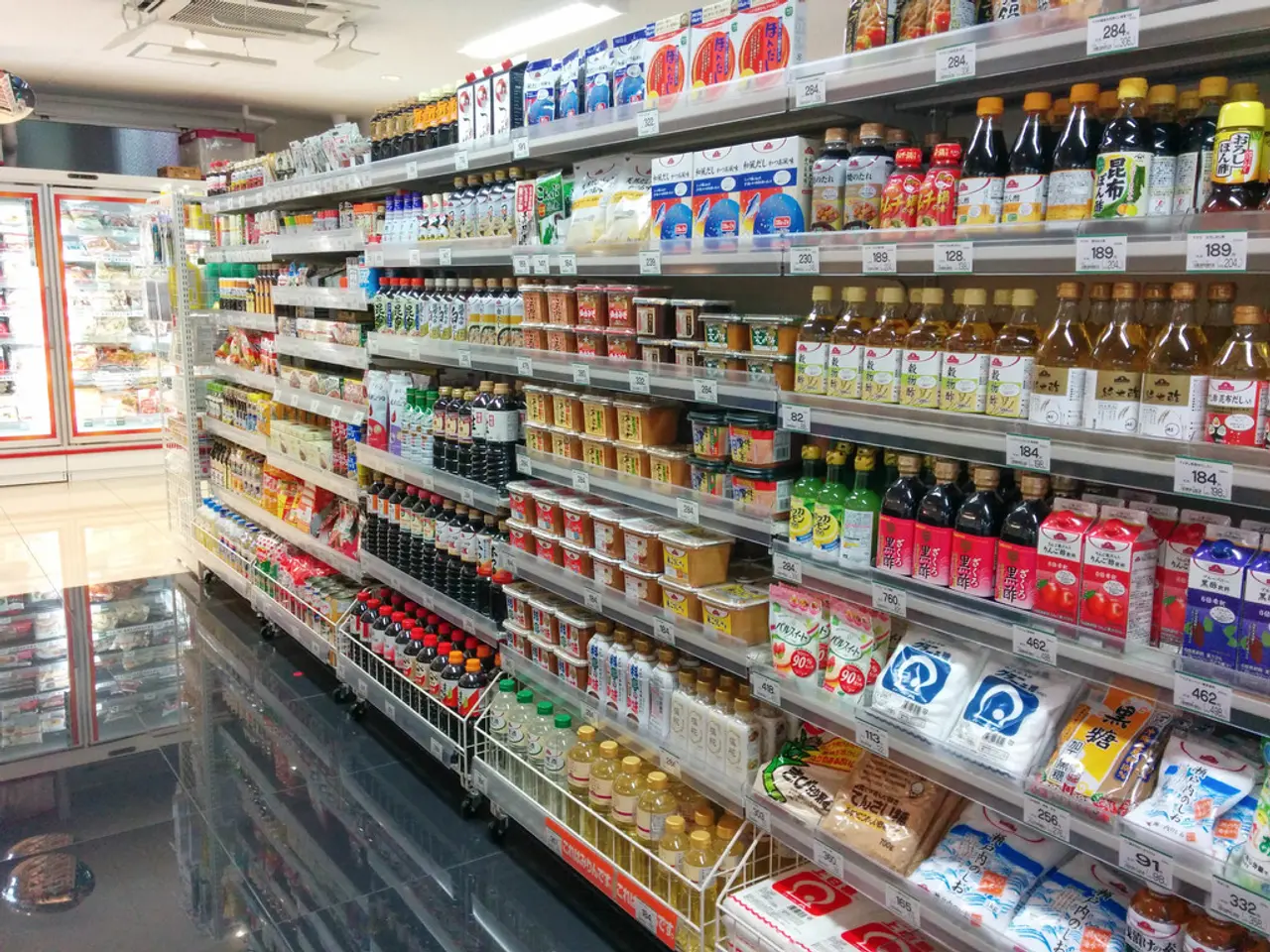Tariff-Responsive Supply Chain Tactics Employed by the Retail Sector
In the face of the ongoing trade landscape shifts, brands and retailers are adopting various strategies to safeguard profitability and maintain supply continuity. According to the TradeBeyond report "Managing Tariff Turbulence in Supply Chains," these strategies aim to build resilience and mitigate risks posed by tariffs in 2025.
- Diversifying supply chains geographically: Shifting operations to regions with lower or no tariffs, such as Mexico, the Dominican Republic, or Southeast Asia, is a popular approach to avoid high tariff zones.
- Nearshoring and reshoring production: Moving manufacturing closer to end markets reduces exposure to tariffs and improves supply chain agility.
- Leveraging trade agreements and tariff rate quotas: Navigating preferential trade agreements or tariff exemptions helps minimize costs.
- Investing in digital tools and AI-powered solutions: AI is being used for customs declarations, supply chain visibility, and warehouse efficiency to optimize operations amid tariff complexity.
- Adjusting product mix and sourcing strategies: Modifying product specifications or sourcing components that evade tariffs or attract lower rates is a common approach.
- Collaborating with logistics and customs experts: Partnering with providers to better manage tariff compliance and mitigate delays is essential.
- Building inventory buffers and alternative sourcing plans: Increasing on-hand inventory and having backup suppliers helps reduce disruption risks.
- Enhancing data analytics to anticipate tariff impacts and respond proactively: Leveraging inflation and supply chain data to adjust pricing, production, and distribution strategies is crucial.
These strategies reflect a multifaceted approach that combines geographical, operational, technological, and strategic adaptations to withstand tariff uncertainty and maintain competitiveness.
The Trump administration has imposed a 10% baseline tariff on nearly all U.S. imports, and tariffs on Chinese goods have been elevated to up to 145%. Scenario planning has become essential for retailers due to uncertainty around tariffs. U.S. trading partners have announced retaliatory tariffs in response to U.S. tariffs.
Businesses that invest in flexibility, transparency, and cross-functional coordination will be best positioned to thrive in the shifting trade landscape. Additionally, duty drawback programs are being revisited, allowing companies to reclaim tariffs paid on goods that are eventually exported.
The TradeBeyond's new Managing Tariff Turbulence in Supply Chains report covers these and other strategies in greater depth.
- Seeking trade finance alternatives: Amidst increased costs from tariffs, businesses are exploring various financing methods like invoice factoring, supply chain financing, or trade loans to ensure cash flow.
- Optimizing global trade operations: By examining and improving logistics, transportation, and distribution routes, companies can minimize costs associated with tariffs and strengthen their supply chain efficiency.
- Engaging in diplomacy and advocacy: To advocate for reduced tariffs or in hopes of negotiating relief, some businesses may collaborate with industry associations, trade groups, and government officials for favorable trade policies.




